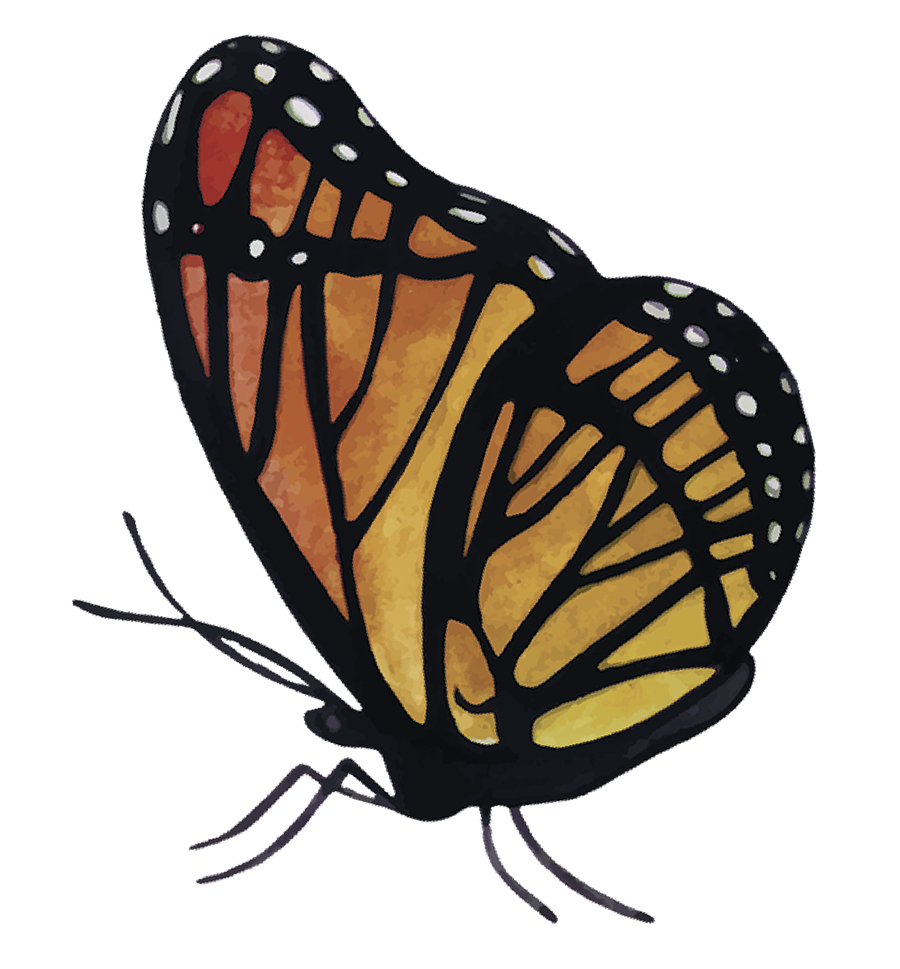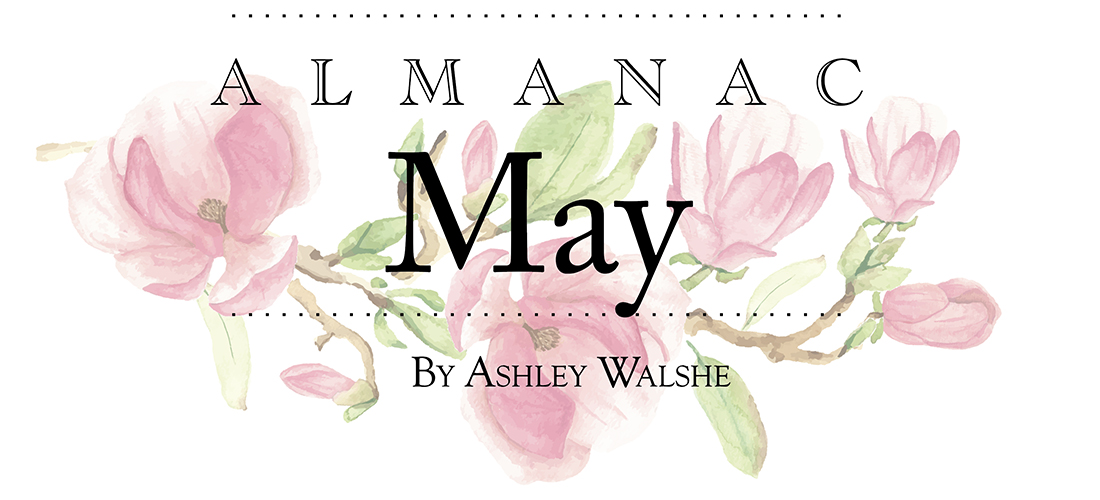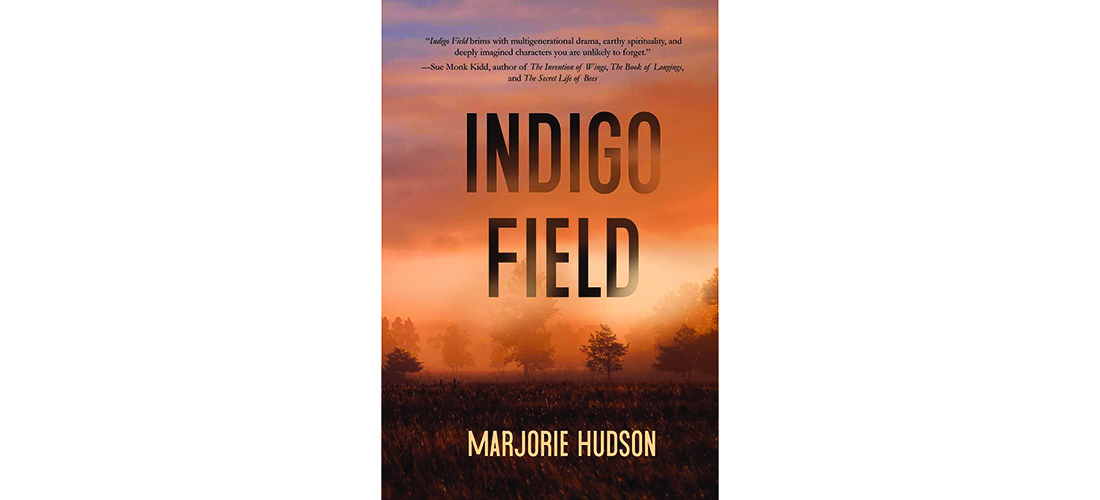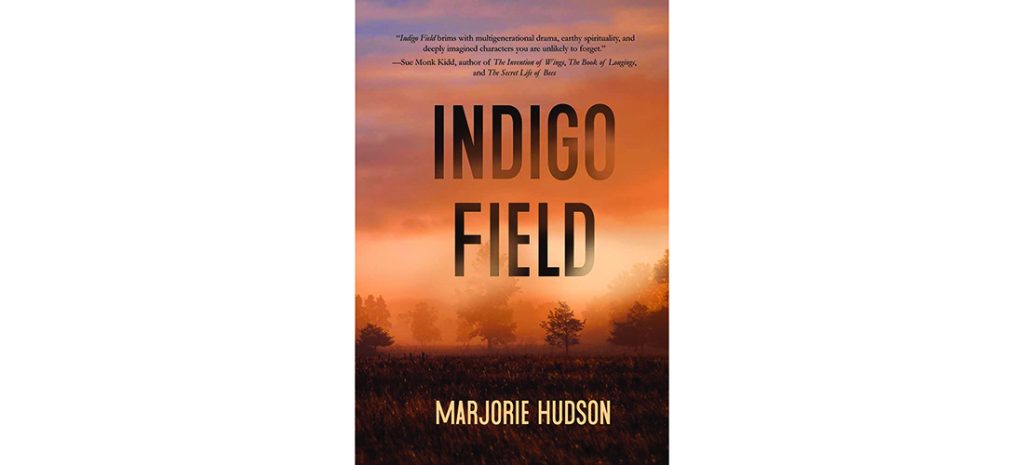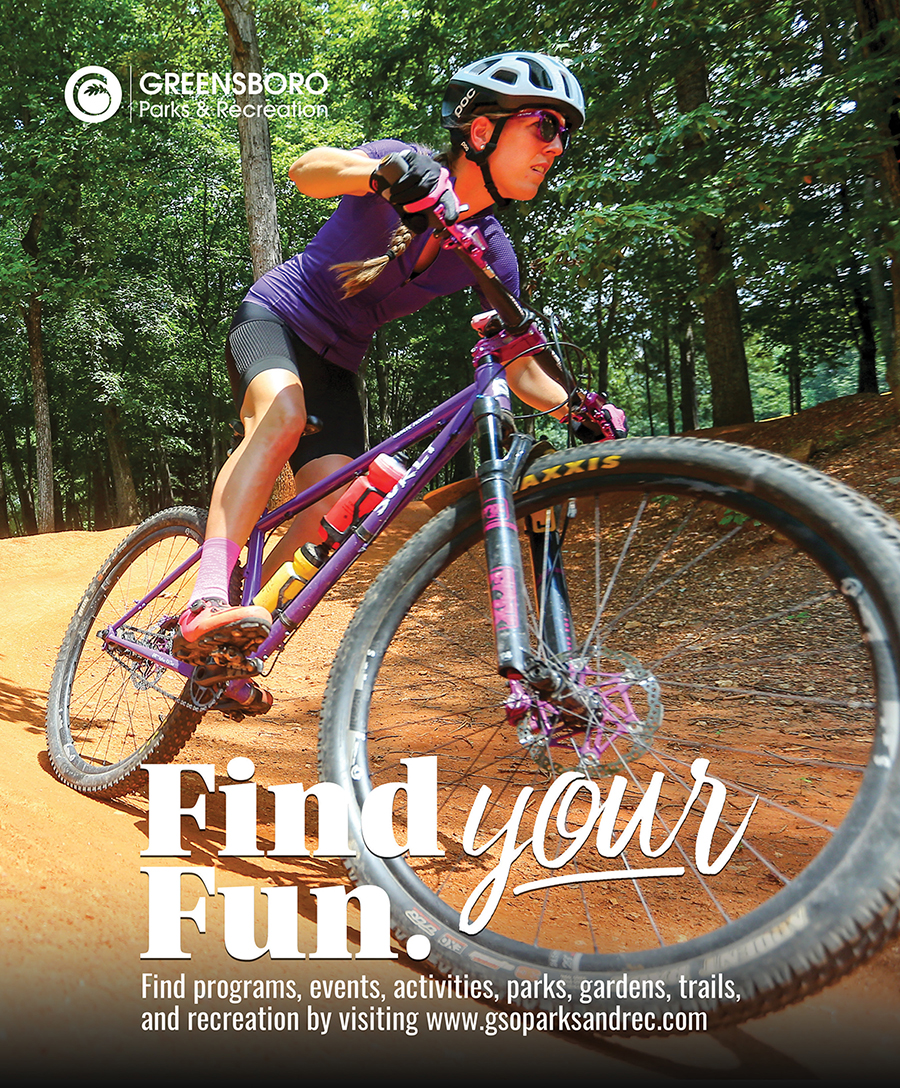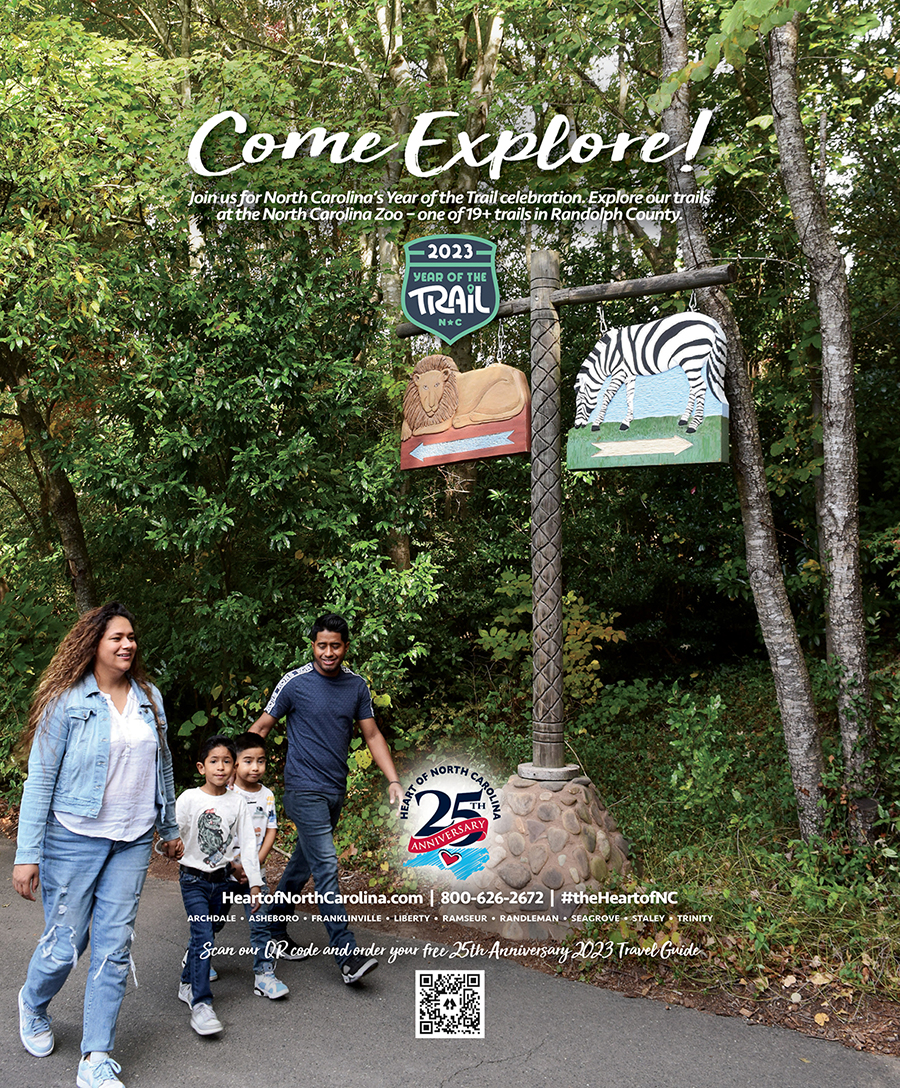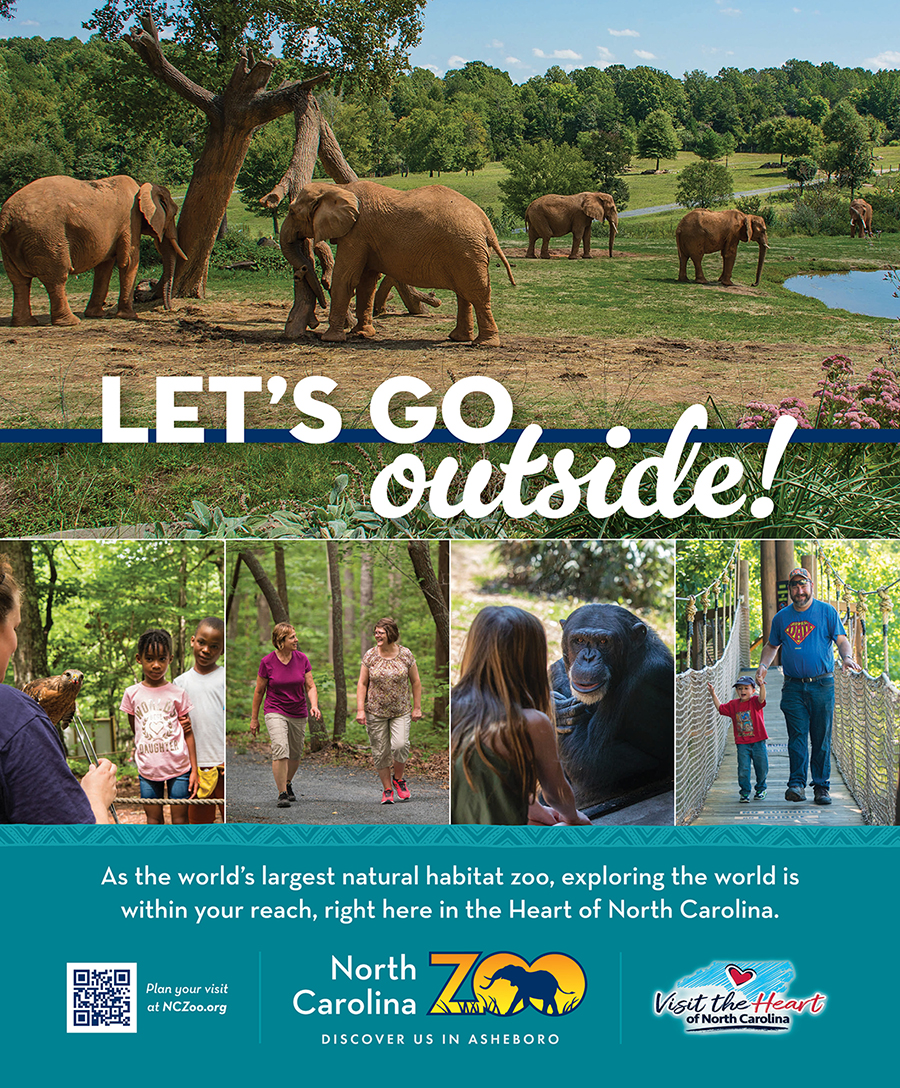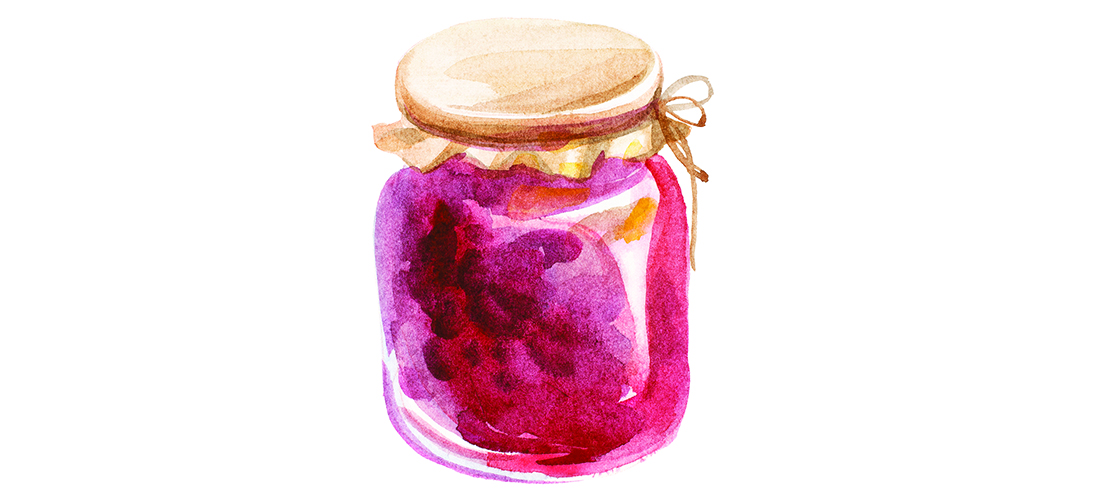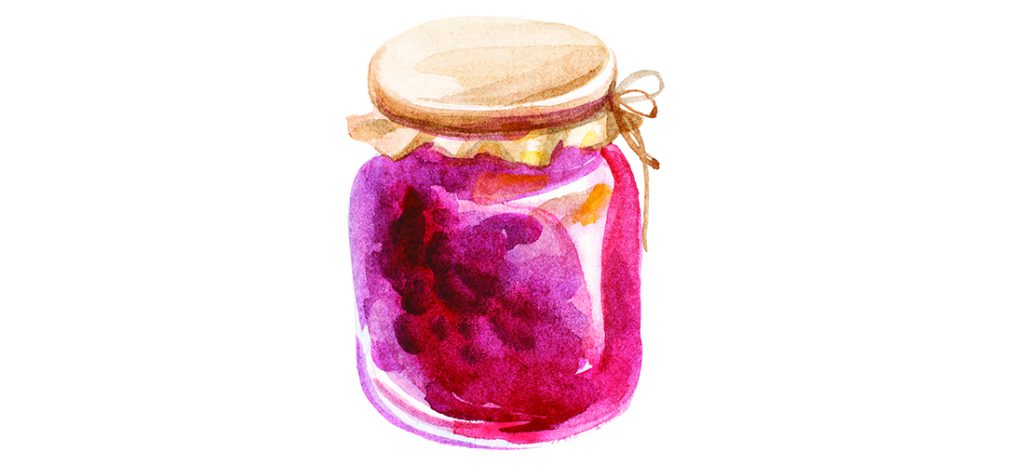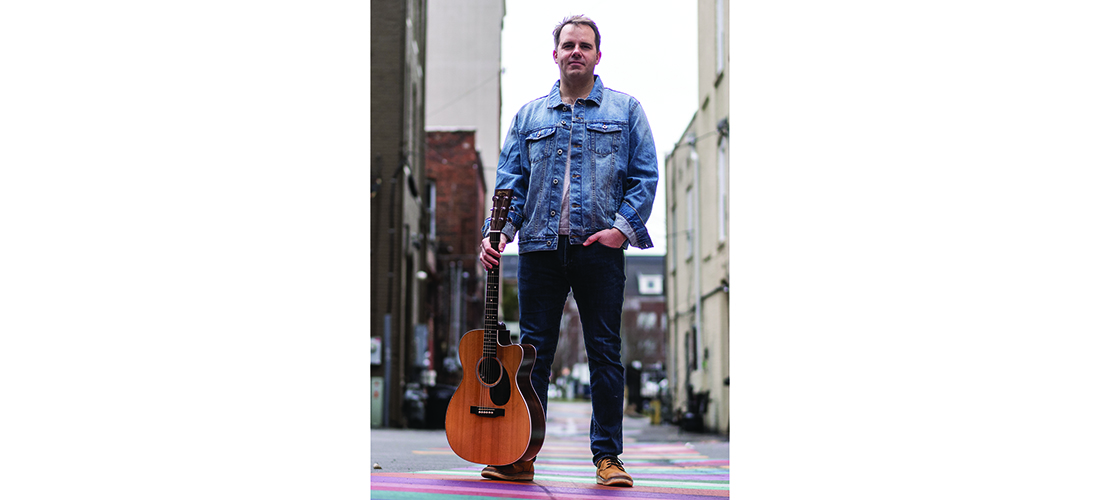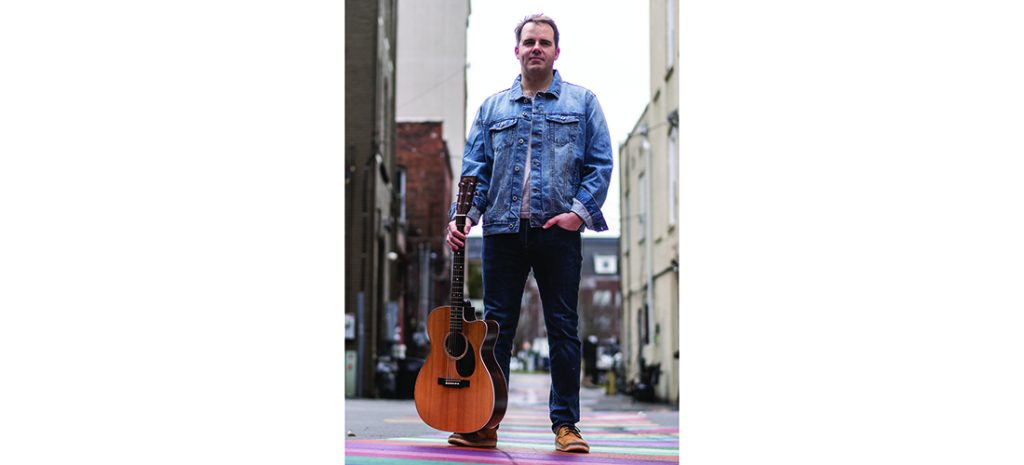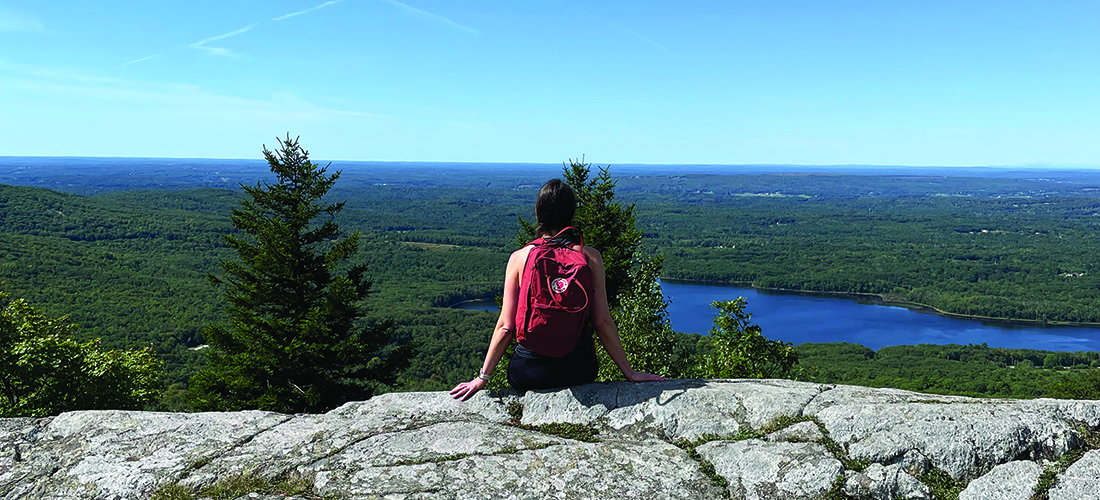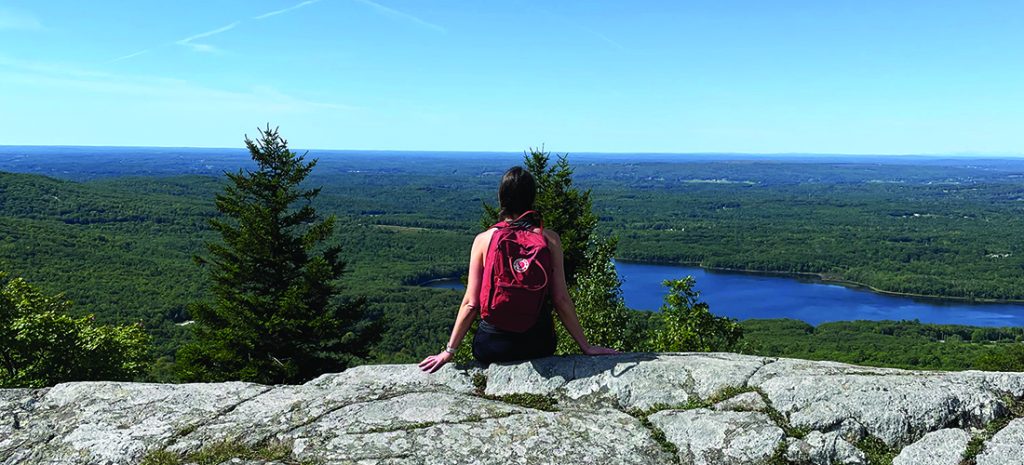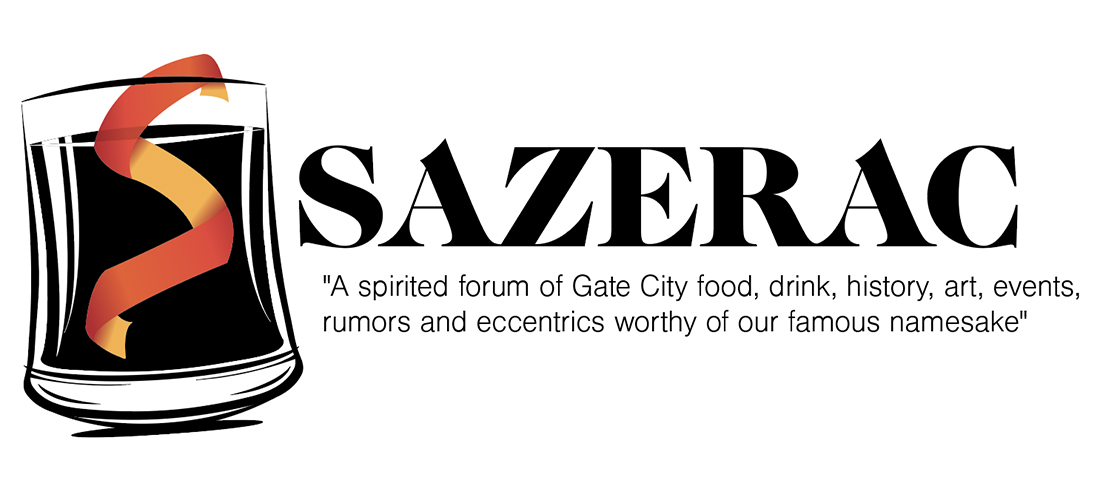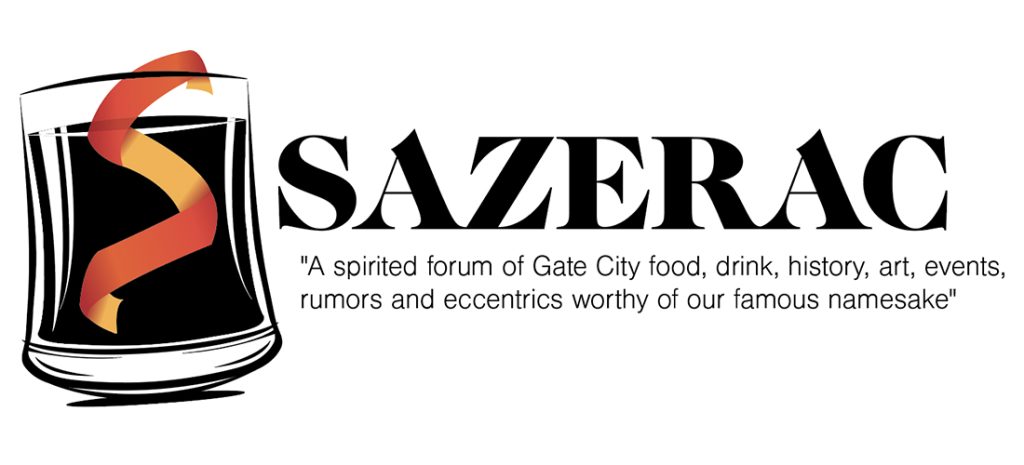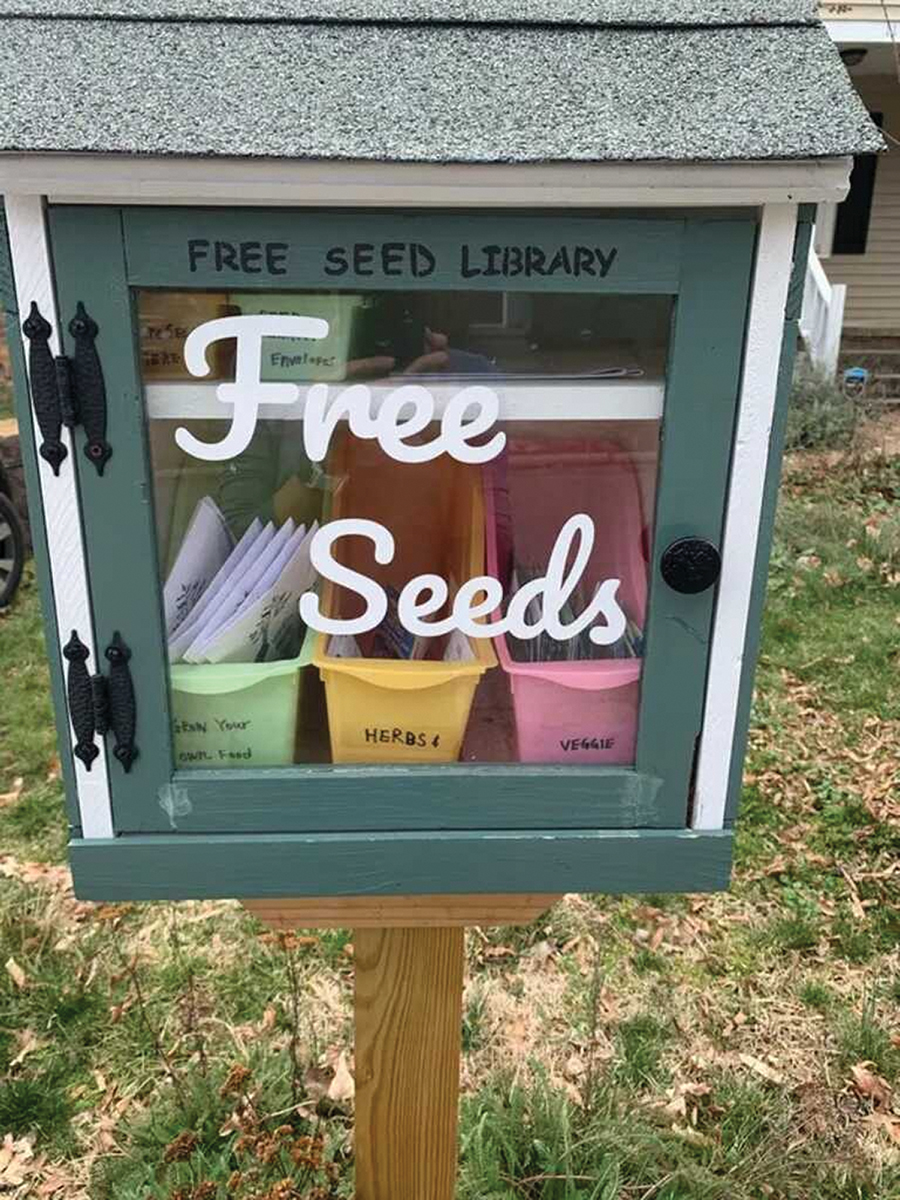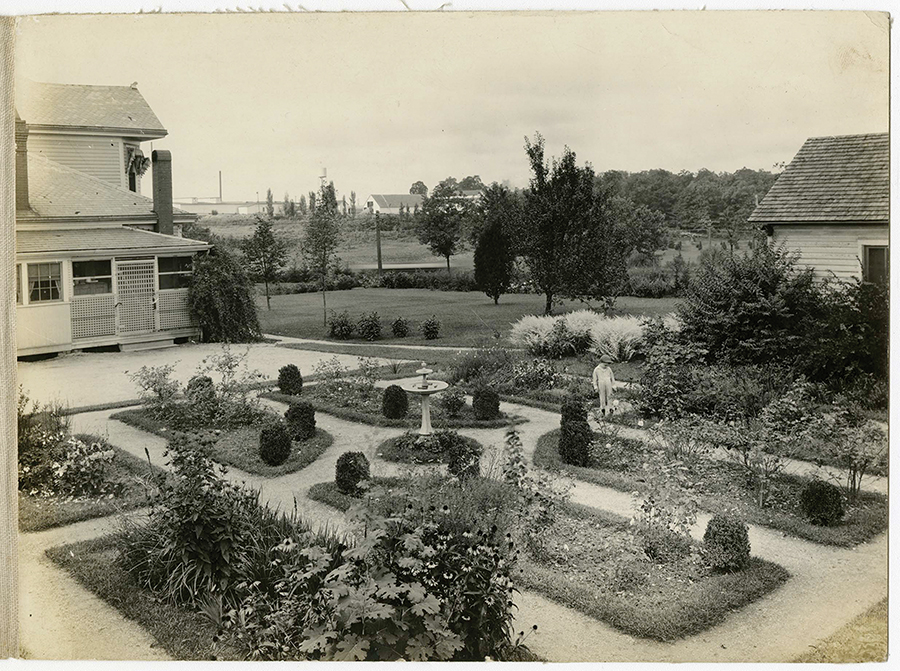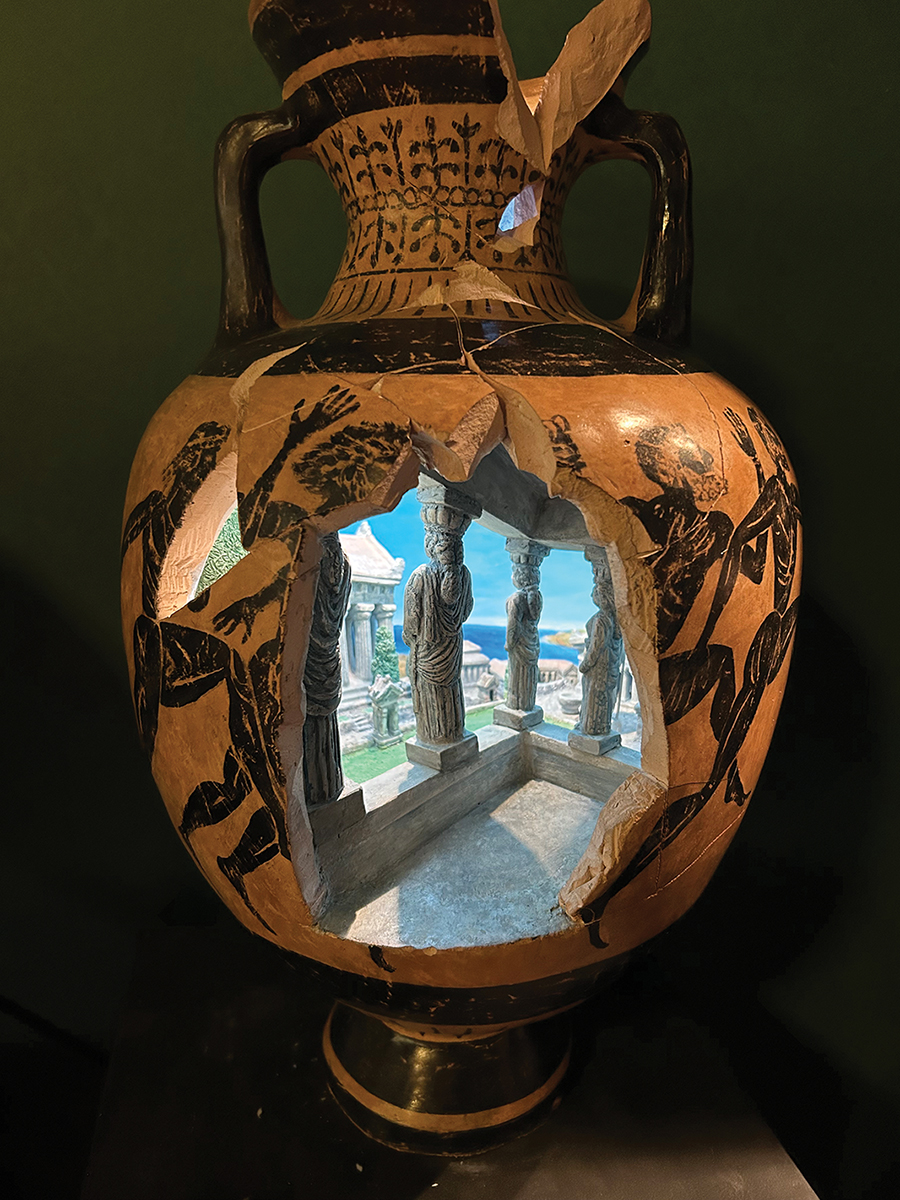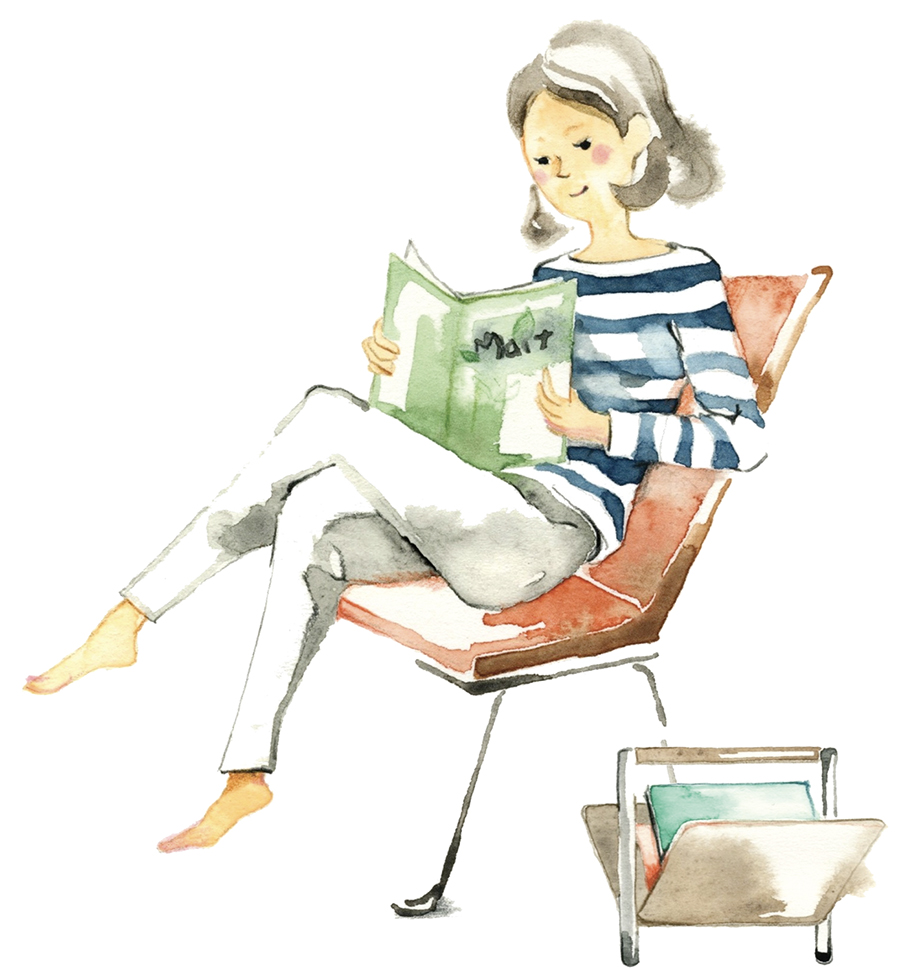A Musical Visionary
Tuning into Tyler Millard
By Billy Ingram
“Those who wish to sing always find a song.” — Author Unknown
There are few truly revelatory moments in life. Covering the nascent punk/post-punk music scene in East Los Angeles from 1980–83, witnessing teenage bands and young musicians like Red Hot Chili Peppers, Social Distortion, Minutemen, Fishbone and Perry Farrell thrashing through their earliest gigs was one of those moments for me. This week brought another revelation: discovering the music of Tyler Millard.
Singer/songwriter Tyler Millard didn’t pick up a guitar until he was 21. Admittedly, mostly by necessity when life threw him a curveball. And yet, in little over a decade, he’s produced some of the finest original compositions this region has seen since Rhiannon Giddens ascended into the multiple Grammy-winning heavens.
Hard to believe? Check out Tyler’s latest single dropping this month on Spotify, “Gold and Green,” a dreamy ballad lyrically reminiscent of Conor Oberst or David Bazan, sans their concussive bleakness. Those crooners’ caterwauling stands in stark contrast to Tyler, whose haunting harmony reverberates into the mind’s sacred soil reserved for your all-time favorites, as if his soothing assuredness has always existed inside your ears. It’s the fourth single from an album that will be released later this year.
On a recent Saturday night at One Thirteen Brewhouse + Rooftop Bar, I caught a performance by The Ghosts of Liberty, a tight three-piece band Tyler formed with his wife, Emma, joining him on vocals and father Richard Millard on keyboard. For these types of gigs, the combo mixes original tunes with twists on classics such as “Brown-Eyed Girl” and “Tennessee Whiskey.” Elevated by Emma’s classically trained, velveteen voice and stunningly pristine vocal styling, their romantic, anthemic composition, “Sundown to Sunrise,” has racked up close to half-a-million listens on Spotify.
Tyler might actually have an advantage over other singer/songwriters, sonically at least, because he’s sightless — a slightly more accurate description than blind. He can still detect bright sources of light, but little else.
“I’d always had bad vision. It just got a little bit worse every year,” Tyler explains. Majoring in mathematics at UNCW, he was 21 when “driving was starting to get scary for me already.” Forfeiting his driver’s license, he was ultimately diagnosed with retinitis pigmentosa or RP for short. “Honestly, at the time, it was a little bit of a relief because I knew I shouldn’t be driving anymore.”
Finishing his degree and faced with an inability to compete in the sporting events he excelled in, Tyler picked up a guitar, meticulously teaching himself to play. “I wasn’t talented naturally, out of the box. It just never even occurred to me that music would be a part of my life.”
Pretty much every successful creative person I’ve ever encountered has found themselves at a crossroad leading a wholly unanticipated but gratifying future. “As I’ve moved through life, I’ve seen other people cope with mourning their expectations,” Tyler says. “I now recognize that’s kind of what I was going through at the time. You think your life’s going to be one way, then realize everything’s going to be very different.” Feeling fortunate in a way, he adds, “It wasn’t like I had some sort of an accident and lost my vision. I had time to kind of ease into the water.”
As luck would have it, college campuses are a hotbed of wannabe guitar heroes. “So there were tons of people to learn chords from,” Tyler recalls. He admits to being obsessed with mastering the instrument, saying “I think you kind of have to. There’s such a barrier of entry with a guitar. It literally hurts your fingers getting the guitar to become so familiar that it feels like part of your body.”
After an unsettling attempt at teaching high school, Tyler returned to UNCW for grad school in order to teach at the community college level. It was there that he got serious about writing music. “By the time those two years were up, my fate was sealed,” he recalls. “I’d played too much guitar and couldn’t go back. So I moved home to Oak Ridge where my dad lives.”
After earning his teaching certification, he switched gears and instead pulled together his first band. “I was still living at home, so I wasn’t concerned with money as much,” he tells me. The Tyler Millard Band found receptive audiences first in Wilmington, “where I got to see my old friends from college. And we played in Greensboro a bunch when Buckhead [at Plaza Shopping Center] was open.” In 2014, the group released an album, Carolina Blues, which harkens back to Carolina-inspired, shit-kickin’ Southern rock of the ’70s.
In 2018, Tyler’s proposal to his wife, Emma, came in the form of an exquisitely tender refrain he composed then serenaded her with. Together they recorded the song, entitled “Prologue,” with Doug Davis of The Plaids producing, credited to Em & Ty. A poignant, poetic melody sure to dampen dry eyes, “Prologue” is genuinely worthy of becoming a standard performed during every matrimonial party, as commonplace as “Wedding Song (There Is Love).”
By then, Tyler had abandoned the bar band concept for a more practical approach to making a living with music. You might say he did the math. “My dad and I play the wineries around here,” he says. “The economics of it are that the patrons are older and the owners are older, so everybody’s got more money.”
Occasionally joined by Emma, their first set is made up half of covers, half originals. “It takes a little bit of warming up just to get our voices sounding good and we also want to stay sharp on our own material,” Tyler says. “The second two sets are all bangers. We like to end really strong.”
Tyler sings while fingering an electric acoustic Fender Telecaster. Switching off on vocals, Emma strums her own acoustic six-string, forming the nucleus of The Ghosts of Liberty. “We put out three songs and did the whole Nashville thing — production, writing and everything,” recalls Tyler. For several days they hunkered down in Music City, collaborating with professional song stylists “who literally write 10 songs a week sometimes. We would sit in a room and they’d be like, ‘What do you wanna write about?’ Or, ‘Do you have any pieces you’ve been working on, a chunk of a song or anything?’ And we’d take it from there.”
No doubt, Tyler Millard and The Ghosts of Liberty will fast become yet another facet into what is evolving into a recognizable 21st century “Greensboro Sound” exemplified by Laura Jane Vincent, Josh Watson, Emily Stewart, Caleb Caudle, Tom Troyer and so many others. Although those musicians primarily root around in their respective and respectable country folk backyards, Tyler’s solo work is more rock-oriented.
“Another blind friend of mine from London taught me how to mix,” Tyler says. “Right now I’m laying down backing tracks, some drums and bass for us to play along with for bigger shows.” He tells me Taylor Swift’s “Shake It Off” is one of the tunes the band plans to cover “just because it’s kind of cool to turn it into a rock-and-roll and not a pop song.”
Down the road from his dad, Tyler and Emma currently reside in Oak Ridge with their 18-month old daughter, Clara, and Emmett, the dog. “She’s the best,” the proud father says of their baby girl. “All of a sudden she’ll be hugging my leg and I’ll have no warning that was gonna happen, you know? And that makes your day.” OH
For concert dates, go to tylermillard.com.
Billy Ingram’s first book (mostly) about Greensboro, Hamburger², is available as a free PDF at: tvparty.com/1-hamburger.html.
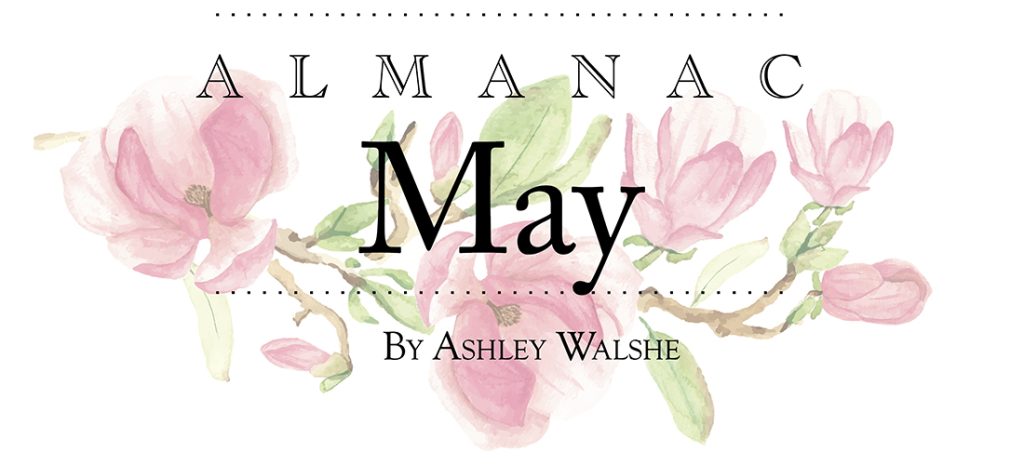
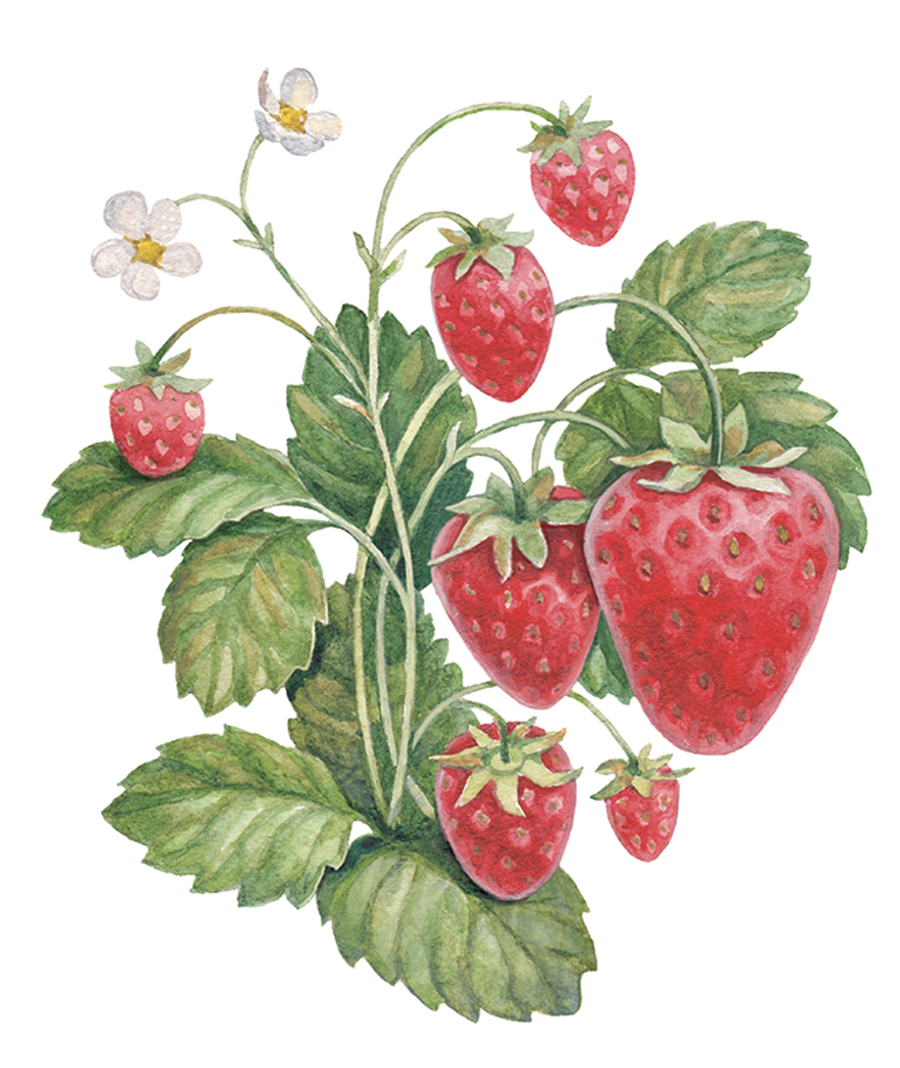 May is the nimble bard, back again, rendering tales of romance and revelry.
May is the nimble bard, back again, rendering tales of romance and revelry. 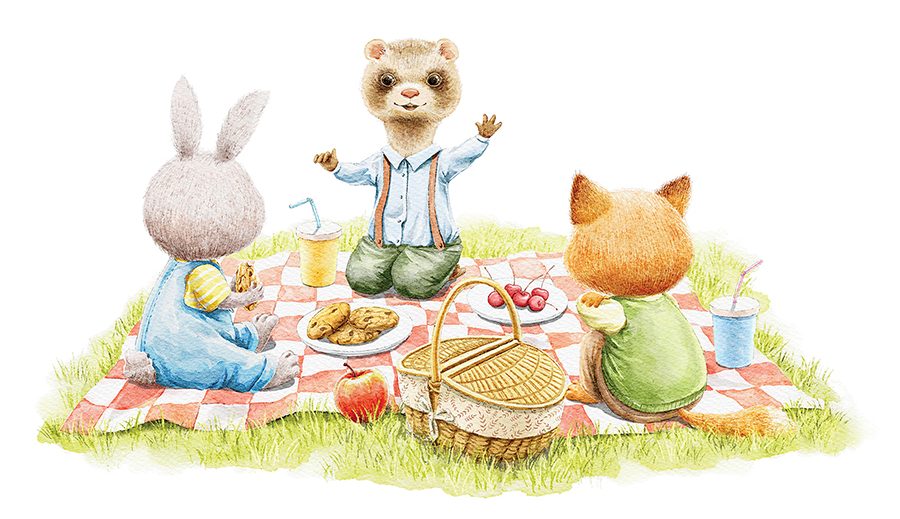
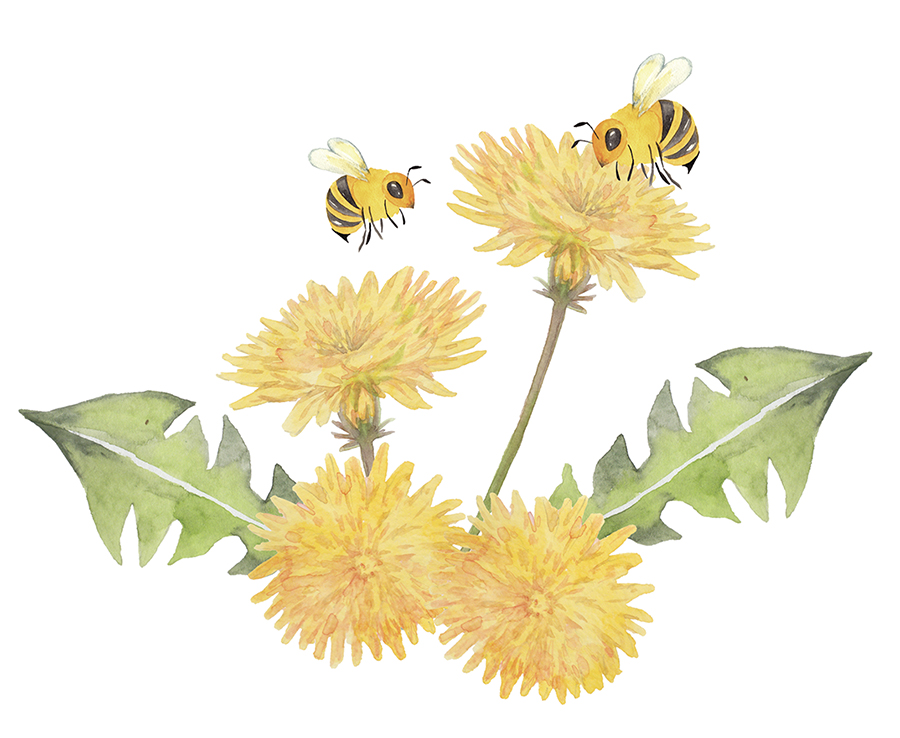 National Wildflower Week, celebrated during the first full week of May, is spring at its finest. The air is sweet. Roadsides and meadows are bursting with life and color. The pollinators are here for the party.
National Wildflower Week, celebrated during the first full week of May, is spring at its finest. The air is sweet. Roadsides and meadows are bursting with life and color. The pollinators are here for the party.